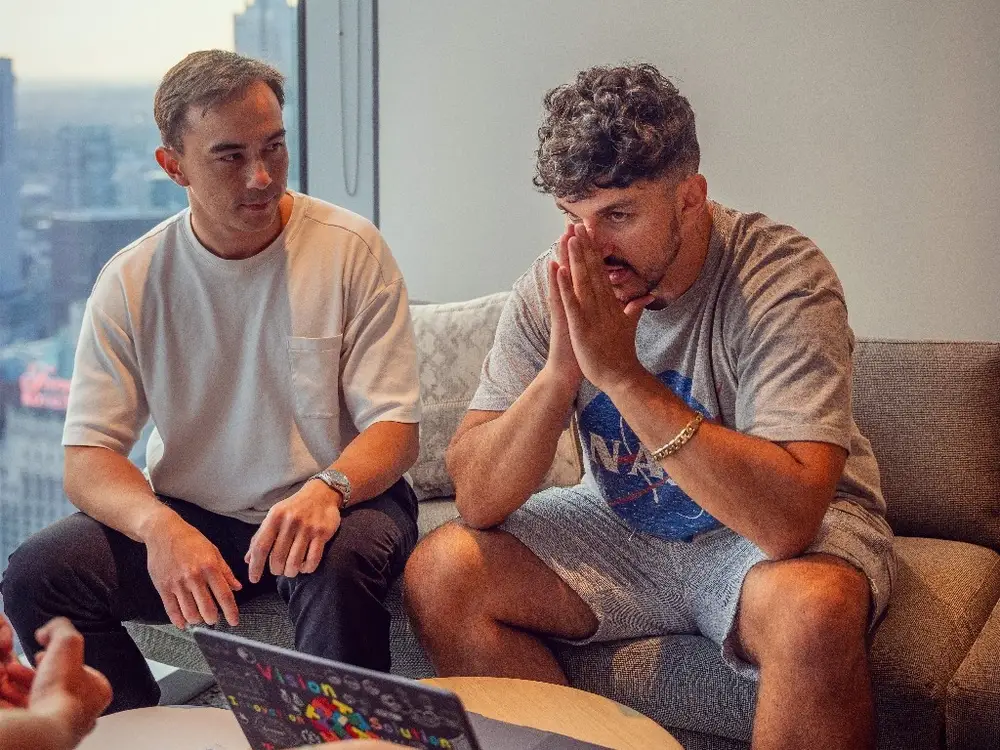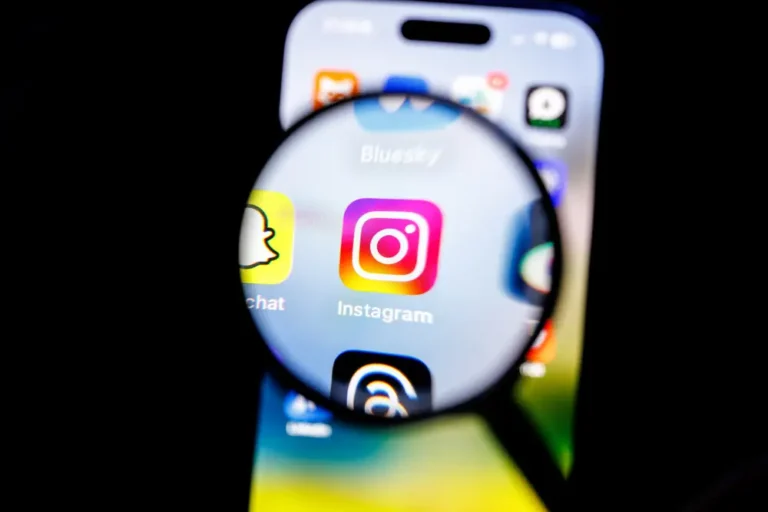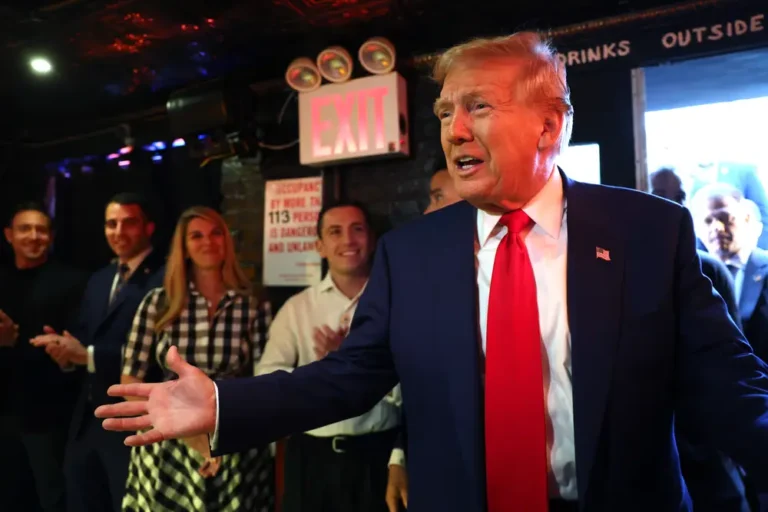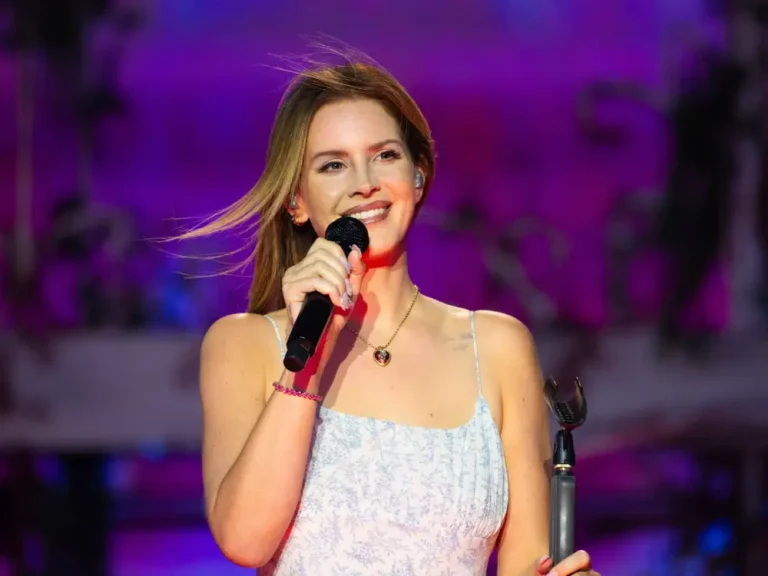A startup pitching AI as a way to automate 80% of influencer-marketing tasks gets funding from billionaire Tim Draper

A startup pitching AI as a way to automate 80% of influencer-marketing tasks gets funding from billionaire Tim Draper
Artificial intelligence has been a frequent topic of discussion in the influencer business in recent months. It sparks both excitement and fear, as creators and industry professionals reckon with AI tools that make some creative tasks easier but ultimately could displace work.
A new tech startup called Dreamwell AI has its sights set on using AI to make influencer marketing run more efficiently.
Dreamwell’s AI tools help brands automate tasks like finding influencers to work with, assessing their value in terms of audience and potential engagement rate, and sending out cold emails to discuss paying them for a sponsored post. The company’s goal is to automate 80% to 90% of the work that goes into setting up an influencer campaign, its cofounder Kazzy Khazaal told B-17. The task of bargaining with creators and vetting their content for brand safety still requires a human touch, he added.
“My suggestion to the brands is that as soon as you’re starting to negotiate and the influencer gives you a price and says, ‘Hey, this is the price that I want,’ you’re able to step in,” he said.
In August, Dreamwell, which was cofounded by Khazaal and his business partner Anthony Bobsin, raised a $2.3 million pre-seed round led by Tim Draper’s VC firm, Draper Associates. Other participating investors in the round included Panache Ventures and BDC Capital Seed Venture Fund.
How does the Dreamwell platform actually work? First, a brand looking to run an influencer campaign on the platform enters criteria for the type of audience it wants to reach, such as targeting a particular age group or gender, as well as how much it’s willing to pay each creator. Dreamwell then identifies up to 1,000 prospective influencers on apps like Instagram, TikTok, YouTube, and LinkedIn. The company doesn’t have direct relationships with most of those talent, but instead tracks down contact information to email prospective creators so a brand can begin a negotiation. A company can automate the entire discovery and outreach process, or manually select different creators that match its audience criteria for a campaign.
“First and foremost, we try to understand what’s the value of this creator,” Khazaal said. “What’s the predicted performance?”
AI tech helped Dreamwell win over investors, but it also drew skepticism
AI is a major focus among creator-economy companies this year. Startups and Big Tech alike are adding AI tools to help creators automate tasks like video editing, dubbing, and even coming up with ideas. Top creators like MrBeast and Dude Perfect are already testing the tech out, though some influencers are approaching generative AI with trepidation as they fear it could rob them of work.
AI-focused influencer startups have become a hot M&A target in recent months, as ad-holding companies like Stagwell and Publicis Groupe have scooped up companies with proprietary AI tech. But the phrase “AI” has become so common in startup decks that VCs have a fair amount of skepticism when they hear it in pitches, Khazaal said.
“I noticed that investors were very skeptical because they’d ask, ‘Did you build anything, or are you just taking an OpenAI prompt, wrapping a GPT, and calling it a company?'” Khazaal said.
While Dreamwell uses OpenAI to support tasks like summarizing or categorizing data, it built its own model, Khazaal said: “We have our own database. We have our own model that we built. We have proprietary data.”
Prashant Matta, a general partner at Panache Ventures, told B-17 he was drawn to Dreamwell’s granularity of data and AI-generated insights, which he viewed as unique to the company.
Khazaal, who has also worked as a creator himself (he has around half a million YouTube subscribers), said having a track record of real revenue was also key to winning over investors.
“I would recommend to any startup founder, go get your revenue,” he said. “Make the story make sense and get to at least six figures in annual recurring revenue.”






